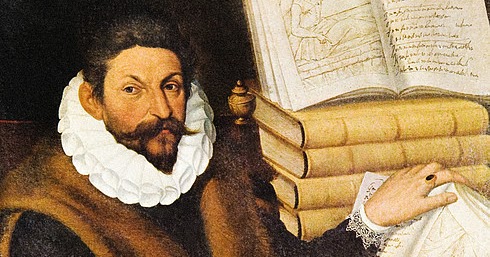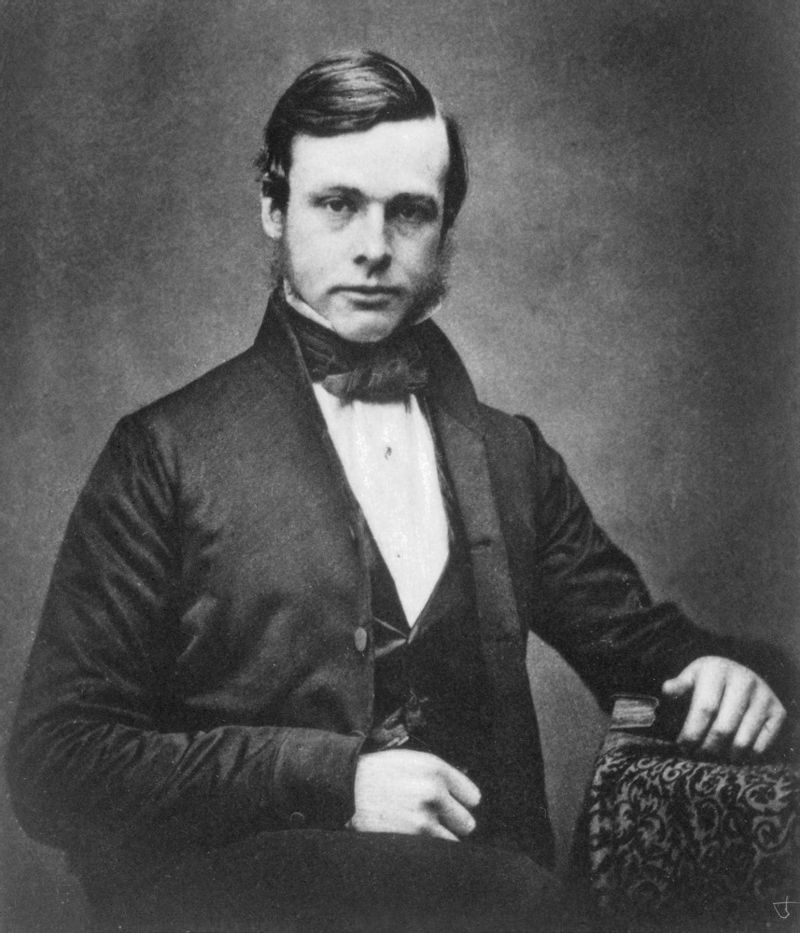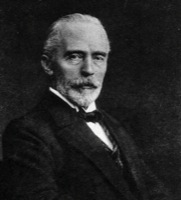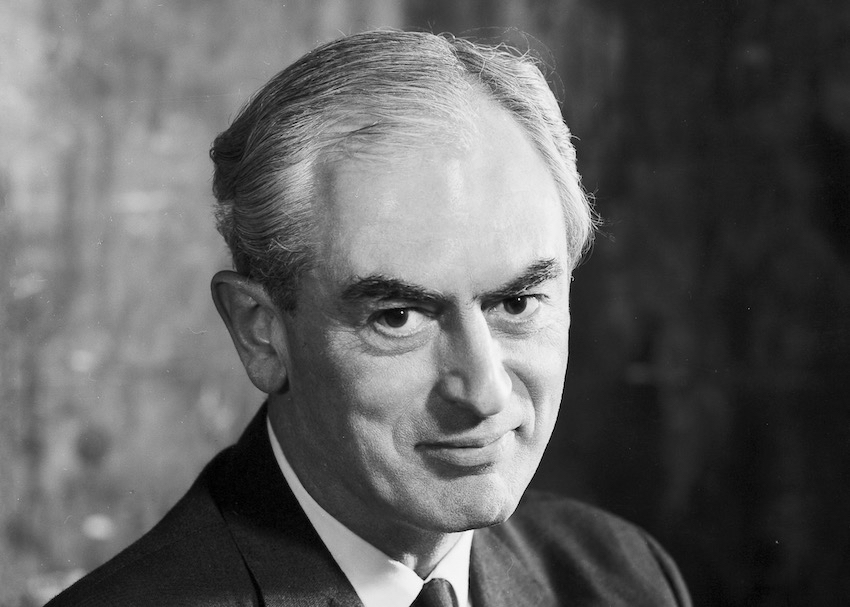
"Gaspare Tagliacozzi perfected a way of forming a new nose using skin from the arm" (Italy On This Day).
“There is no such thing as a Scientific Mind. Scientists are people of very dissimilar temperaments doing different things in very different ways." - Peter Medawar, British Biologist

"Gaspare Tagliacozzi perfected a way of forming a new nose using skin from the arm" (Italy On This Day).
Gaspare Tagliacozzi was an Italian surgeon during the 16th century who pioneered reconstructive surgeries and skin grafts. "Gaspare Tagliacozzi's innovative surgical technique, which consisted of reconstructing parts of the face by grafting, was masterfully described in the work that made him famous, 'De Curtorum Chirurgia per Insitionem' " (Tomba). The title translates to: "On the Surgical Restoration of Defects by Grafting." Four editions of this book were published over the course of two centuries with reconstructive surgery surging in popularity after the release of the fourth in 1831.
During the late 1860s, British surgeon Joseph Lister invented a method of surgery that made surgeries safer by reducing the infection risk. This innovation was antiseptic surgery. "Antisepsis is the method of using chemicals, called antiseptics, to destroy the germs that cause infections" (Sciencemuseum). Lister used different methods to make operating rooms safer, such as using carbolic acid to sanitize his surgical instruments to reduce the level of germs around the patient.

"Joseph Lister aged about 28 from a daguerreotype" (BBC)

"Dr. Emil Theodor Kocher" (Stern)
Emil Theodor Kocher, a Swiss physician, did thyroid surgery on more than 100 patients during the late 1800s, removing certain thyroid tissue. After surgery, most of Kocher's patients often developed hypothyroidism. He was also the first surgeon to receive a Nobel Prize.
Peter Medawar, a British biologist, made a distinction between twin cows and organ rejection during the late 1940s. "During the early stages of the Second World War he was asked by the Medical Research Council to investigate why it is that skin taken from one human being will not form a permanent graft on the skin of another person" (Nobel Prize). Medawar eventually started experimenting with cattle. "When he moved to Birmingham in 1947 he continued to work on it, in collaboration with R. Billingham, and together they studied the problems of pigmentation and skin grafting in cattle, and the use of skin grafting to distinguish between monozygotic and dizygotic twins in cattle" (Nobel Prize). Ultimately, Medawar found that the reason monozygotic (twin) cows had successful skin grafts was because they both developed from the same sperm and egg cell while dizygotic (fraternal) twins develop from two separate sperm and egg cells.

"Peter Medawar" (Narain)
"Tales spread of botched transfusions of sheep's blood into humans and of organ transplants that seemed succesful but left their subjects dead just a few days later" (From Mary Shelley's Frankenstein To 3-D Printing: Evolution Of Organ Transplants).